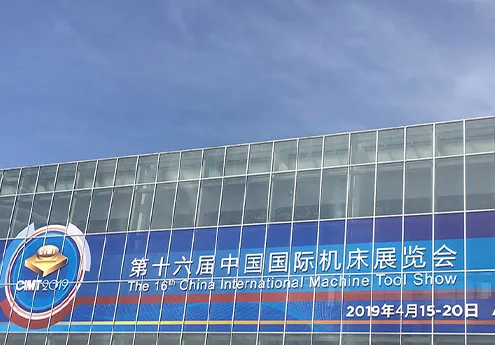Comparison of Synchronous Belts and V Belts for Efficient Power Transmission
Synchronous Belt vs V Belt A Comprehensive Comparison
When it comes to power transmission in mechanical systems, the choice of belt can significantly impact performance, efficiency, and maintenance requirements. Among the various options available, synchronous belts and V belts are the two most commonly used types. Each has its unique characteristics, advantages, and disadvantages that make them suitable for different applications. In this article, we will delve into a comparative analysis of synchronous belts and V belts, helping you understand which type might be right for your specific needs.
Understanding Synchronous Belts
Synchronous belts, also known as timing belts, are designed to transmit power and motion with precise timing. These belts engage with toothed pulleys, ensuring that there is no slip between the belt and the pulley. This synchronous engagement allows for accurate control of speed and position, which is crucial in applications requiring high levels of precision, such as robotics, CNC machines, and automotive camshaft drives.
One of the defining features of synchronous belts is their construction. They typically consist of a rubber or polyurethane body reinforced with fiberglass or steel. The teeth on the inside of the belt mesh with corresponding grooves on the pulleys, providing a secure grip and eliminating slippage. This design results in a high degree of efficiency, often exceeding 98%, and reduced noise levels compared to V belts.
Advantages of Synchronous Belts
1. Precision Synchronous belts offer high precision in timing applications, making them ideal for tasks requiring exact coordination. 2. Efficiency With minimal slippage, these belts provide efficient power transmission, leading to energy savings. 3. Reduced Maintenance Synchronous belts generally require less maintenance compared to V belts. They do not stretch over time as much and do not require regular tension adjustments. 4. Long Lifespan These belts tend to have a longer operational life due to their robust design and reduced wear.
Understanding V Belts
V belts have been a staple in mechanical power transmission for many years. They are designed with a trapezoidal cross-section, which allows them to fit snugly into the grooves of V-shaped pulleys. This design enables a large amount of friction between the belt and the pulley, facilitating the transfer of power. V belts are commonly used in various applications, including HVAC systems, industrial machinery, and automotive engines.
synchronous belt vs v belt

Advantages of V Belts
1. Simplicity V belts offer a simple and straightforward design that makes installation and replacement easy. 2. Versatility They can be used in a wide range of applications and are available in many sizes and configurations. 3. Cost-Effectiveness Typically, V belts are less expensive than synchronous belts, making them a budget-friendly choice. 4. Elasticity The elasticity of V belts allows them to absorb shocks and vibrations, which can be beneficial in certain machinery applications.
Comparison Key Differences
While synchronous belts and V belts both serve the purpose of transmitting power, their operational principles and applications are quite different.
1. Slip Synchronous belts eliminate slippage due to their toothed design. In contrast, V belts can experience slippage, which can lead to power loss and reduced efficiency, particularly under high loads. 2. Precision and Timing Synchronous belts are designed for applications requiring precise timing. V belts can be less accurate in their positioning due to potential slippage.
3. Maintenance and Lifespan Synchronous belts require less maintenance and boast a longer lifespan than V belts, which may need regular tension adjustments and replacements as they stretch over time.
4. Load Capacity V belts are often better suited for heavier loads and can handle shock loads due to their elastic properties, whereas synchronous belts are optimal for lighter loads requiring precision.
Conclusion
In conclusion, the choice between synchronous belts and V belts boils down to the specific requirements of your application. If precision, efficiency, and reduced maintenance are your priority, synchronous belts may be the better option. On the other hand, if you're looking for a cost-effective solution that can handle heavier loads and offers simplicity, V belts are an excellent choice. Understanding these differences will help you make an informed decision that enhances your system's performance and longevity.








